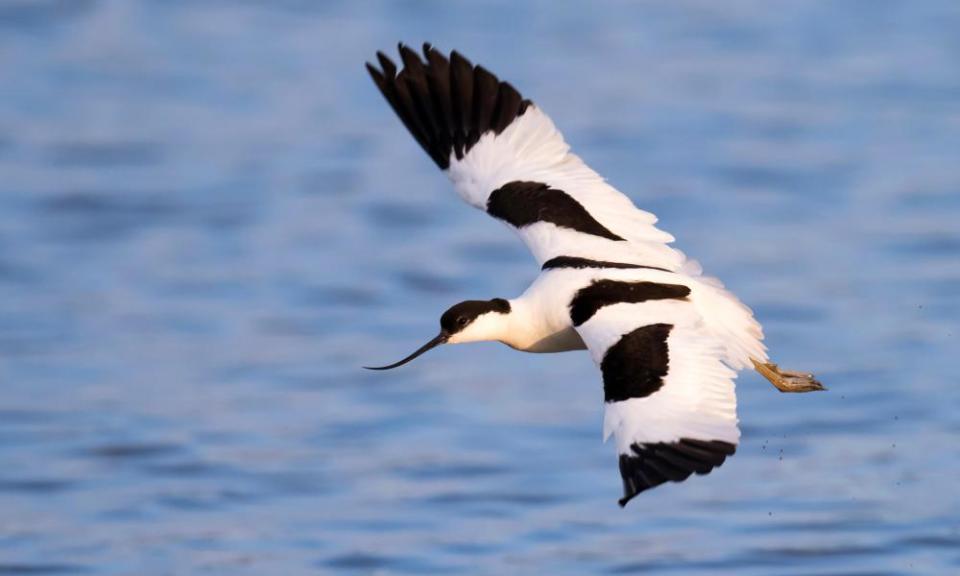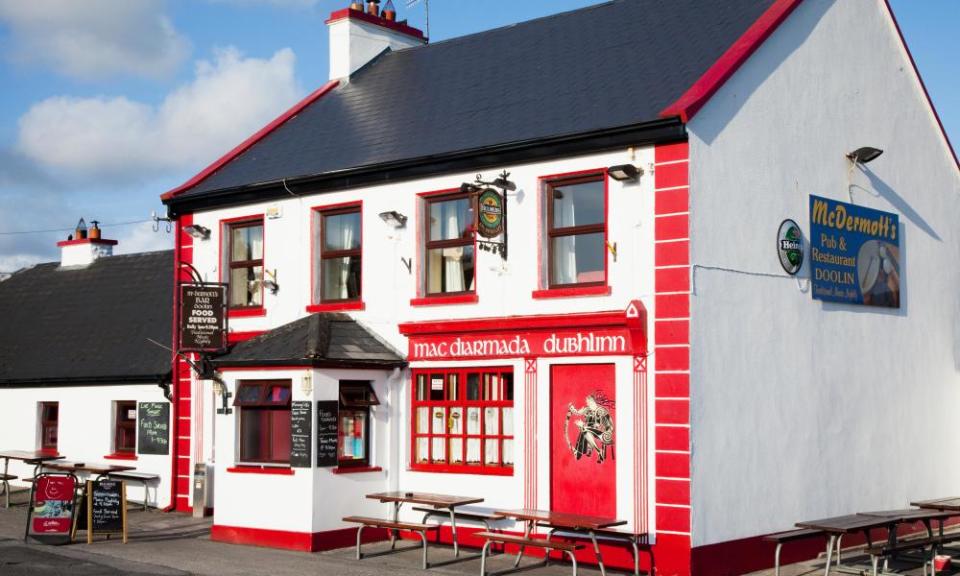On my radar: Fiona Shaw’s cultural highlights

Born in County Cork, Ireland, in 1958, Fiona Shaw studied philosophy at University College Cork before training at Rada. Her stage roles have ranged from Sophocles to Shakespeare, Beckett to Brecht; she has won two Olivier awards and directed theatre productions and operas including Britten’s The Rape of Lucretia. She has also appeared in numerous films, including My Left Foot and the Harry Potter movies, and television series such as True Blood and Killing Eve, for which she won a Bafta. Her latest film role is in Ammonite, a romantic drama about fossil hunter Mary Anning, now streaming and in cinemas from 17 May.
1. Book
A Swim in a Pond in the Rain by George Saunders
I thought his previous book, Lincoln in the Bardo, was remarkable. This is quite different: it’s a series of lessons, really, in how to read short stories. So he looks at Chekhov, Tolstoy and Gorky and tells you how their stories work and it’s utterly compelling. Short story writing is about rhythm, character, memory, observance, detail – all of those things are also in rehearsing a play or performing or painting. I think the same attributes are used in all the arts. But he’s also wise enough to say nothing is built by a series of rules.
2. Exhibition
Diana Matar @ Purdy Hicks Gallery, London SW7
Diana Matar has taken a fantastic series of photographs of Roman carved heads. They have a blurriness around the edge of the skull, so the characters slightly seem to move. There’s one of a young man whose nose is completely taken off, but he looks like he’s just been in a fight – his personality is entirely in his face. You don’t see the sculpture, you see the person. And it’s very moving, because here we are, 2,000 years later, and we look exactly the same, with the same expressions of slight disappointment or optimism or weariness behind the eyes.
3. Film

Years ago, I was in Los Angeles with my friend Jean Stein and visited Bertolt Brecht’s house in Santa Monica. There was a photograph of Peter Lorre reading Brecht’s poetry in the garden of that house, so I looked him up and saw he had been in this very famous film. Fritz Lang was ahead of his time, using strange sounds and weird angles. It’s a fascinating film on a very dark subject: the search for a child murderer. There’s a brilliant shot where Lorre gets captured and is asked to account for himself, and he can’t, but his defence is fascinating.
4. Place
Minsmere nature reserve, Suffolk

When we were finally allowed to travel, having been locked in for more than a year, driving up to Suffolk was itself thrilling: every tree, every branch, just the feeling that we were getting beyond the city was a huge pleasure. Minsmere is hundreds of square acres that have been preserved for birds, with reeds, water and a great lake, and it’s a wonderful place to walk. We heard the strange growls of bitterns, we saw red deer and avocets and a marsh harrier, which is a bird of prey that can send every bird scattering and screaming. We immediately joined the RSPB.
5. Poetry
This is one of the many great poems by Alice Oswald, where she has extrapolated the dead from the Trojan war. She takes the names of soldiers in The Iliad and describes the moment when they die; it could be somebody who was looking forward to going home having his head smashed. I picked it up again in the light of where we are, in our bulldozed country, watching this new wave of terror going through India. Somehow, you can understand it through the refraction of the poem: huge populations are daunting, but when you take each individual, you realise how similar we all are.
6. Pub
McDermotts pub, Doolin, County Clare

Nearly every year, I try to get to Ireland in April or May, because it’s beautiful: the country roads are full of birdsong and flora and fauna. And there’s McDermotts pub, where you can always hear Irish music, played with such a ferocious acceleration of excitement that you are sweating just listening to it by about 10 at night. There is an uilleann pipe player there who is the best in the world, Blackie O’Connell; he usually invites a fiddler or a drummer and it’s the most exciting live music I’ve ever heard in my life. If I could go there now, I would.

 Yahoo News
Yahoo News 
